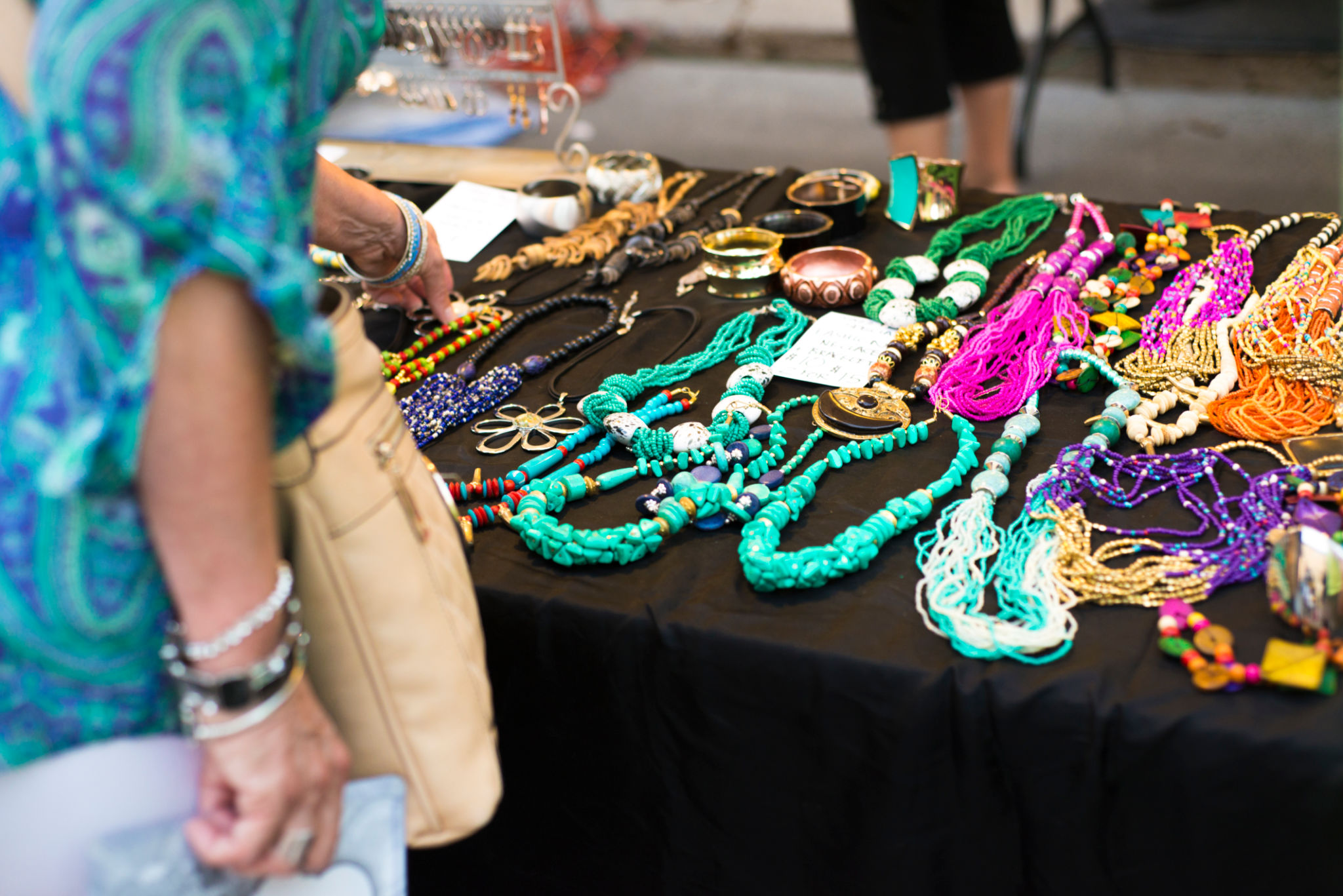A Guide to Sustainable Interior Design in Dubai
MI
Understanding Sustainable Interior Design
Sustainable interior design is about creating spaces that are not only aesthetically pleasing but also environmentally responsible. It involves the use of eco-friendly materials, energy-efficient practices, and sustainable resources to minimize the environmental impact. In Dubai, a city known for its rapid development and luxurious lifestyle, integrating sustainability into interior design is becoming increasingly important.
As awareness of environmental issues grows, more designers and homeowners in Dubai are seeking ways to incorporate sustainability into their living spaces. This shift is not just a trend but a necessary evolution to ensure the well-being of future generations.

Choosing Eco-Friendly Materials
One of the key aspects of sustainable interior design is selecting materials that are environmentally friendly. This includes using materials that are recycled, reclaimed, or sustainably sourced. For instance, bamboo and cork are popular choices because they are renewable resources.
Additionally, opting for low-VOC (Volatile Organic Compounds) paints and finishes can significantly reduce indoor air pollution. These products are not only better for the environment but also promote healthier indoor air quality for inhabitants.
Energy Efficiency in Design
Incorporating energy-efficient solutions is crucial in sustainable interior design. This can be achieved through the use of LED lighting, energy-efficient appliances, and proper insulation. Implementing smart home technologies can also help manage energy consumption more effectively.

Natural lighting plays a significant role in reducing energy usage. Designing spaces that maximize natural light not only cuts down on electricity bills but also creates a more inviting and uplifting environment.
Water Conservation Techniques
Water conservation is another important element of sustainable interior design. In Dubai, where water scarcity is a concern, incorporating water-saving fixtures such as low-flow taps and dual-flush toilets can make a significant difference.
Additionally, using native plants for indoor greenery can reduce water usage as they require less irrigation compared to non-native species.

The Role of Recycled and Upcycled Furniture
Recycling and upcycling furniture not only adds unique character to a space but also reduces waste. In Dubai, there are many artisans and designers who specialize in creating beautiful pieces from reclaimed materials.
By choosing furniture made from recycled materials or giving new life to old pieces, you contribute to a circular economy and reduce the demand for new resources.
Collaboration with Local Artisans
Supporting local artisans and craftsmen is another facet of sustainable design. This practice reduces the carbon footprint associated with transporting goods over long distances and helps preserve traditional crafts and skills.
Locally sourced decor items often have a unique cultural significance and can add a distinctive touch to any interior space.

Conclusion
Sustainable interior design is more than just a responsible choice—it's a lifestyle. As Dubai continues to grow, integrating sustainability into design practices will play a crucial role in ensuring the city's future is as vibrant and livable as it is today.
By making conscious choices in materials, energy use, water conservation, and supporting local artisans, you can create spaces that are not only beautiful but also environmentally friendly.
